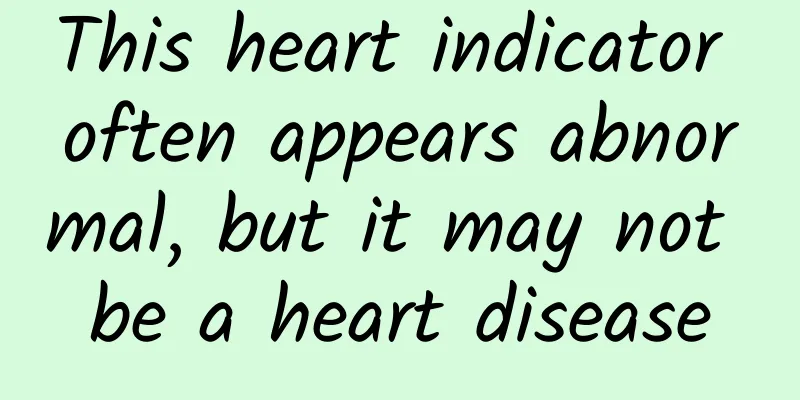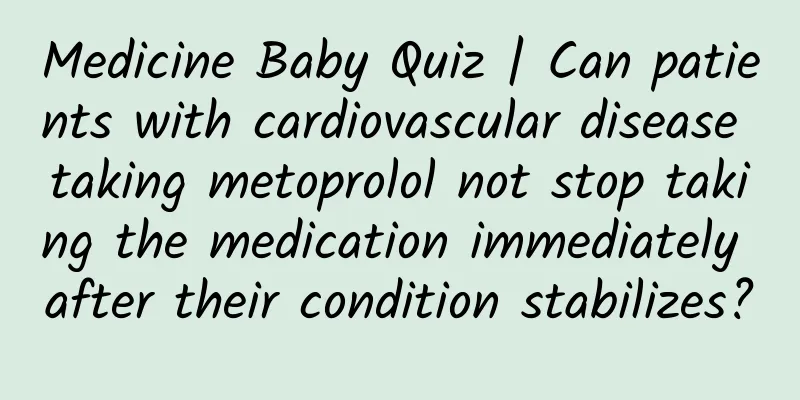Diagnosis and treatment of Mycoplasma pneumonia in children

|
Diagnosis and treatment of Mycoplasma pneumonia in children Mycoplasma pneumonia refers to lung inflammation caused by Mycoplasma pneumoniae infection, which can affect the bronchi, bronchioles, alveoli and lung interstitium. It is the most common community-acquired pneumonia in children aged 5 years and above in my country. Mycoplasma pneumoniae pneumonia is more common in children aged 5 years and above, but children under 5 years old can also develop the disease. The main clinical manifestations are fever and cough, which may be accompanied by headache, runny nose, sore throat, earache, etc. Fever is mainly 38.1-39℃, and continuous high fever above 39℃ indicates a critical condition. The cough is more severe, and a cough similar to whooping cough may occur, and some children experience wheezing. The early signs of the lungs may not be obvious during physical examination, and decreased breath sounds and dry and wet rales may occur as the disease progresses. When the disease progresses to severe Mycoplasma pneumoniae pneumonia, children may experience dyspnea, chest pain, hemoptysis, and other symptoms, as well as extrapulmonary complications such as the blood system, nervous system, and circulatory system. The total number of peripheral blood leukocytes is generally normal or slightly elevated. Mycoplasma pneumoniae culture is the "gold standard" for diagnosing Mycoplasma pneumoniae pneumonia, but Mycoplasma pneumoniae culture requires special conditions and grows slowly, which is not suitable for clinical diagnosis. At present, Mycoplasma pneumoniae-IgM antibodies are generally used as the main method of diagnosis. A single serum antibody titer ≥1:160 is considered to be diagnosed as Mycoplasma pneumoniae pneumonia. The main manifestations of early chest CT of Mycoplasma pneumonia are thickening and increase of peribronchial vascular texture, thickening of bronchial wall, ground-glass shadow, "tree-bud sign", grid shadow, etc. There may also be ground-glass shadow, patchy, segmental and even lobar consolidation. First of all, symptomatic treatment should be given, and attention should be paid to identifying severe and critical cases. Sufficient rest and energy intake should be provided to ensure water and electrolyte balance. Antipyretics should be taken correctly. For those whose dry cough significantly affects rest, antitussive drugs and expectorants can be used as appropriate. Macrolide antibiotics are the first choice for the treatment of Mycoplasma pneumonia, including azithromycin, erythromycin, clarithromycin and roxithromycin. Glucocorticoids can be used appropriately in severe and critical children. Severely ill children with mucus plugging should undergo bronchoscopic intervention as soon as possible. In short, during the peak season of Mycoplasma pneumonia, when children have fever and cough, the possibility of Mycoplasma pneumonia should be considered, and they should go to the hospital in time and receive standardized treatment under the doctor's advice. |
<<: Ultrasound Heart Exam: Understanding Your Unborn Baby's Heart Health
Recommend
How to improve constipation during pregnancy
For women, becoming a mother is a very happy mome...
What are the benefits of eating purple onions raw? What are the five benefits of onions?
Eating raw purple onions can lower blood lipids, ...
The reason why girls have pustules in their private parts
Gynecological diseases are the most common type o...
What are the dangers of not treating amenorrhea in time?
When women reach a certain age, their body functi...
Why do women often lose their hair?
Every woman wants to have beautiful hair, but bec...
Breast lumps drink dandelion
Breast lumps are the biggest breast disease probl...
What causes breast pain during early menstruation?
Early or late menstruation is a phenomenon of irr...
As hot weather approaches, how to prevent heatstroke?
As global warming makes hot weather more common, ...
The difference between breast augmentation and real breasts
Modern technology is so powerful that after breas...
How many kidneys does a woman have?
Many men are very concerned about their kidney fu...
There is a lump in the breast that hurts when touched
Breasts are a very important part of women. Their...
IUD cost
The contraceptive ring is a contraceptive method ...
What are the harms of abortion to the body?
In daily life, for those women who have an unexpe...
Biochemical pregnancy hcg value range
What are the changes in hcg in ectopic pregnancy?...
What to eat to grow pubic hair
Many female friends are troubled by the fact that...









